I have written before on how my photography is a crucial balance to the stresses of life. As a rather extreme introvert I find the clamour of our world quite draining. Combined with the people contact and demands of an under-resourced rural medical practice this part of my life shortens my lifespan. When an obsessed flyfisherman, I always liked the Herbert Hoover quote “The gods do not deduct from man’s allotted span the hours spent fishing.” Photographically I’m tempted alter that to “hours spent in nature photographing are added to a lifespan“. It is my hope that they offset the hours lost to the stress of work so I will achieve a “normal ” lifespan. Taking that to it’s logical conclusion reveals a flaw (if we spent all our time on wildlife photography we would live forever) but I’m going to ignore that for the moment.
On a more serious note, why do I find being outdoors photographing so helpful? It is more than just the relative peace. I actually work very hard at it. My mind is busy planning, observing what is happening, anticipating, preparing for what may happen. My mind is so busy that there is no place for the normal worries of the world to enter. When something comes together and an opportunity for a rare bird to do something interesting against a good background arises, and I’m prepared enough to make the most of the opportunity, the rush of pleasure is unmatched. Our endogenous mind altering chemicals are so good that I have no interest in man-made alternatives.
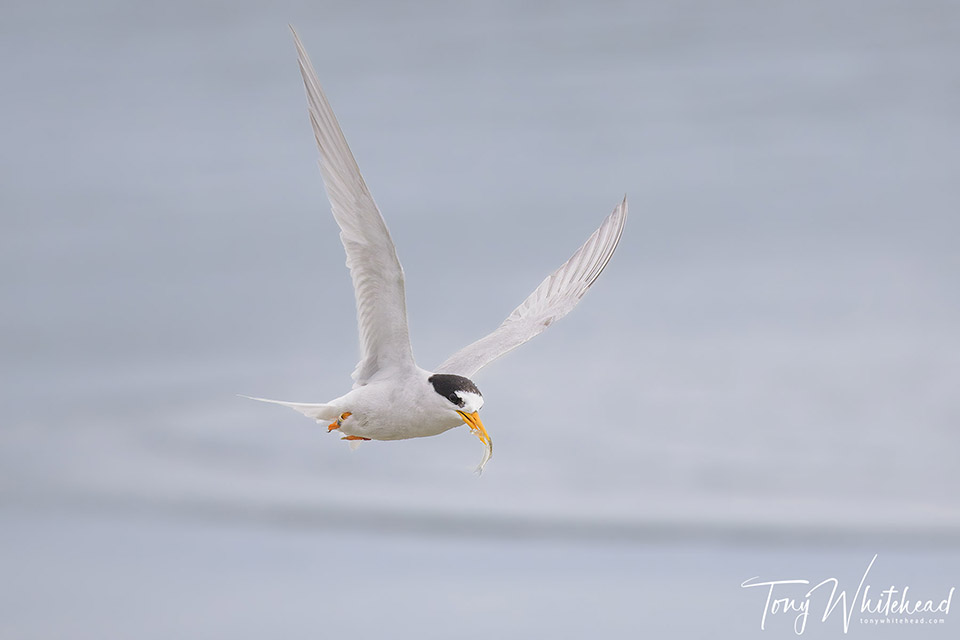
Our four so called “happy hormones” are Dopamine, Oxytocin, Serotonin and Endorphins. Incorporating a strategy to regularly boost these into our lives can make a real difference to how we feel and perceive the world. My mechanisms are photography and mountain biking and I find it relatively easy as I am essentially obsessed with photography and love being out on my bicycle. They are thus quite self-sustaining and don’t need much effort on my part. I am one of the lucky ones though – I have found what works for me.
Often when life feels too much, having to push yourself to do what helps just feels too hard. Being hard enough on yourself to “get your A into G” can seem an insurmountable challenge when just getting out of bed is an achievement. Finding activities that work for you and are sustainable is crucial. There’s no point in taking up photography if it’s not something you’re interested in – it will just become another chore.
Breaking down activities that promote happy hormone release may be helpful. I quite like this diagram from Parkinsons NSW.
Wildlife photography easily ticks 3 boxes.
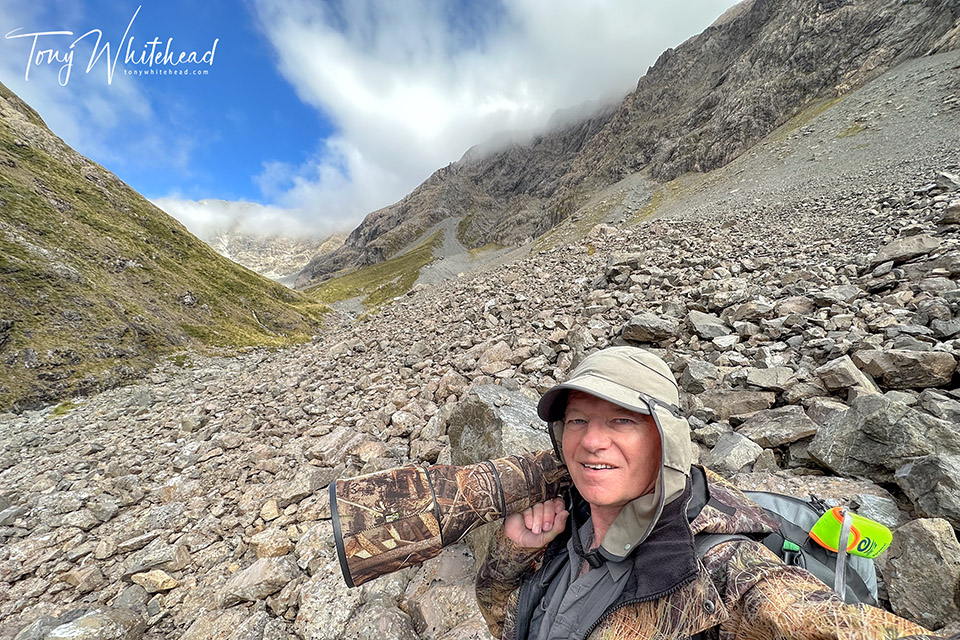
Oxytocin is the challenging one but if out photographing with a family member or close friend there is a real sense of connectedness. It is the one benefit of shared expeditions/workshops.
On the Dopamine front, there is ample opportunity to complete a photography task or goal, for me it is a self-care activity and achieving a successful image can range from a little win to a huge win. My weekly discipline of writing a blog post leverages this in that it is a task I complete in an aliquot of relatively protected photography related time and has a easily reviewed record of an achievement over time (weekly for over 10 years now). I would caution against the “eating food” option for dopamine release. That is the underlying mechanism of “comfort eating” which can result in other problems. I would probably qualify that to eating good food in good company as it will then tick 2 boxes.
Regarding Serotonin, being in nature is a given, as is a degree of sun exposure (necessitating protection). I also find sitting quietly watching the world quite meditative.
Endorphins come with the exercise to get to the environment – often a fair hike or climb. UV exposure can also boost endorphin levels. I must make a note to leverage the dark chocolate – that is something I should add to my camera bag! My current view is that dark chocolate is a vitamin and the recommended daily dose is 2 squares of Whittaker’s Dark Ghana ( trust me, I’m a doctor). I might have to start a study to see if more is better!
Mountain biking also similarly covers most of these options. Obviously it prioritises outdoor exercise so is really big on the serotonin and endorphin front. I’ll often complete a ride really buzzing with elation. It requires your full focus and concentration (or you’ll fall off!) so leaves no room for outside worries to intrude. Forestry road transitions between singletrack can be quite meditative and give thought space for solving problems. I used to find marathon running very meditative to the point that I would cover large sections of a run and then have no conscious recollection of it – mountain biking is just way more fun and less painful. Between wildlife photography and mountain biking there is ample opportunity for me to access happiness hormones.
Tara iti photo with Nikon Z9 and Nikkor Z 800mm f6.4 VR S. Selfies with iPhone 14 Pro. Mountain biking screen grab from GoPro Hero 12 Black video.
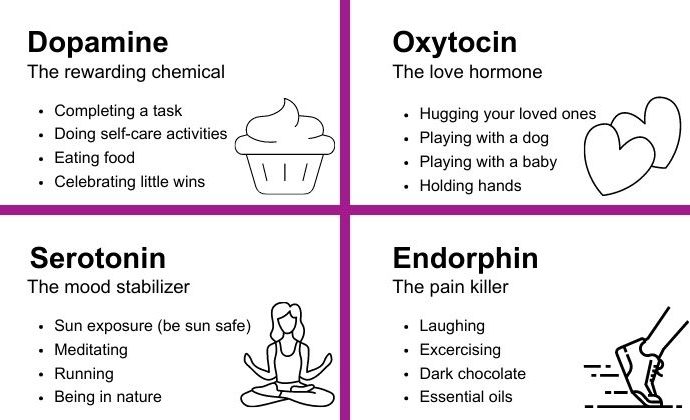
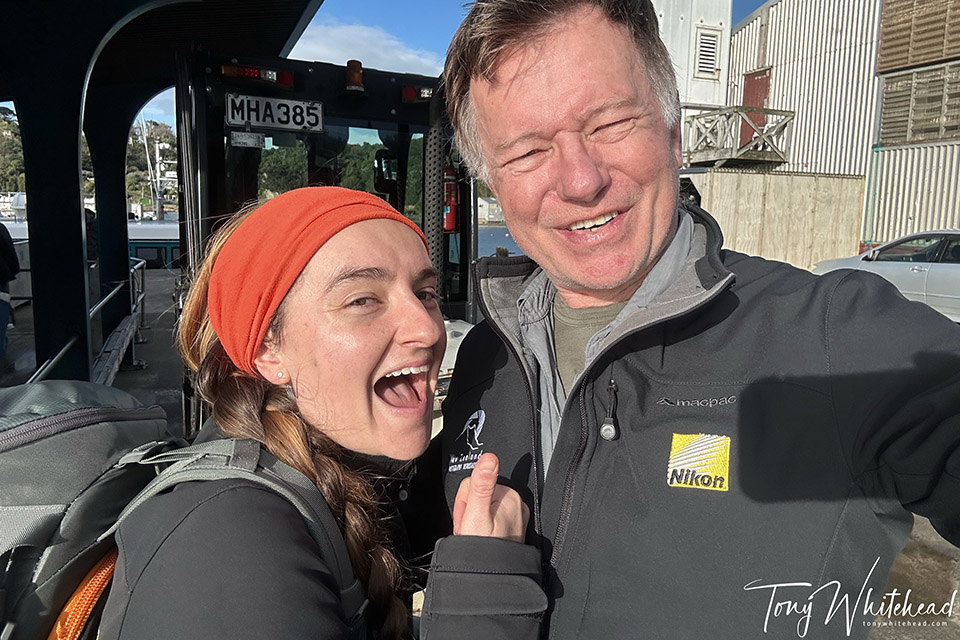
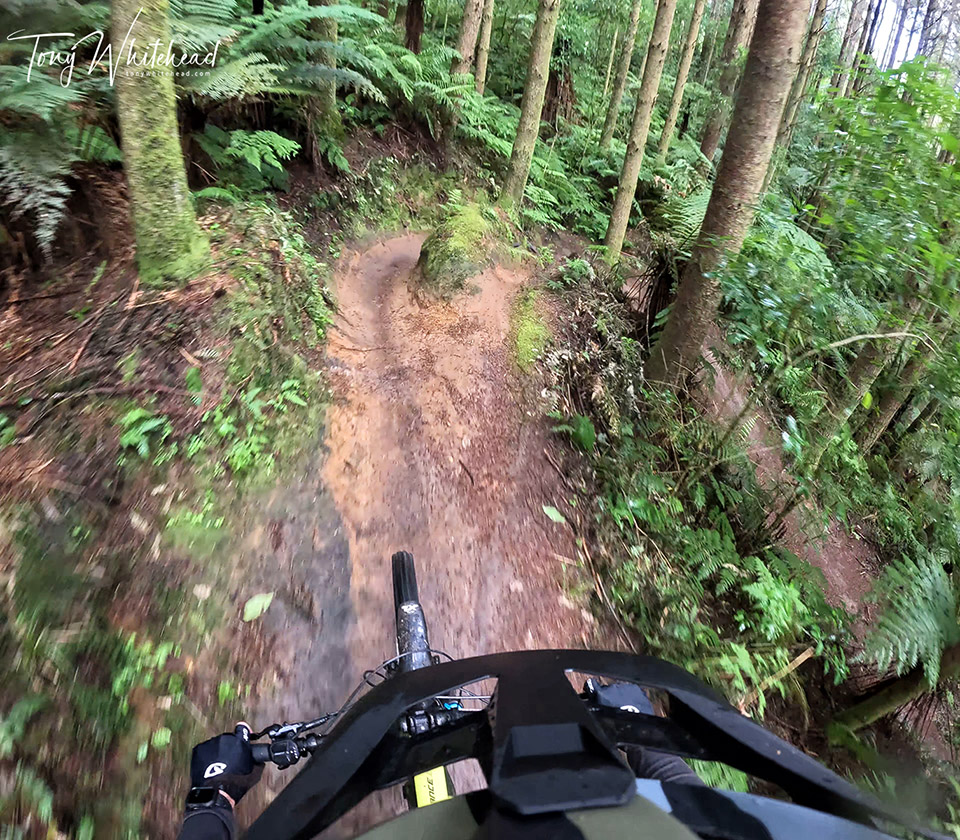
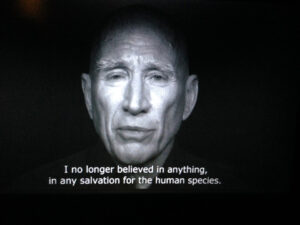
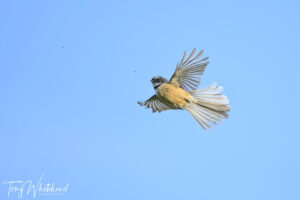
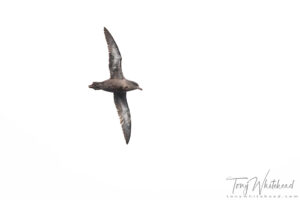
John Gordon
12 Feb 2024Hi
John Gordon
12 Feb 2024Hi Tony,
Thank you for your thoughful take on the power of photography as an aid to mental health. I fully agree, photography engages the senses on a myriad of levels. Better still, by taking the time to share your insights with your readers we owe you a very hearty thank you.
I think your mix of subject matter makes your blog one of the most compelling I have come across, it may even help me past a writer’s block that I am presently experiencing despite the old adage “if you haven’t anything to say, don’t say it”
On another subject I hear bird flu has arrived in Antarctica and some landings are no longer possible. I think I may put off my trip until 2025. Any thoughts about that plus I have the opportunity to spend Christmas in NZ and am wondering if that is a good time as any to bird.
John (JOGO)
tony
12 Feb 2024Thanks for the kind feedback John. I very much grew up with the “if you don’t have anything worthwhile to say, don’t say anything”. I’m now old enough to sometimes “say what I like and like what I say”😂 but am still a largely silent introvert. I have little idea about who (if anyone) reads my blog so it’s good to have encouraging feedback so I must reciprocate the thanks.
Not sure what to advise re Antarctica other than it’s good to grab opportunities when they arrive as we never know what tomorrow, let alone next year May bring.
In terms of NZ, Christmas is a perfectly fine time. The only drawback is that it is summer holidays so a bit busy with families holidaying while children are out of school.